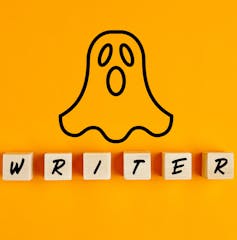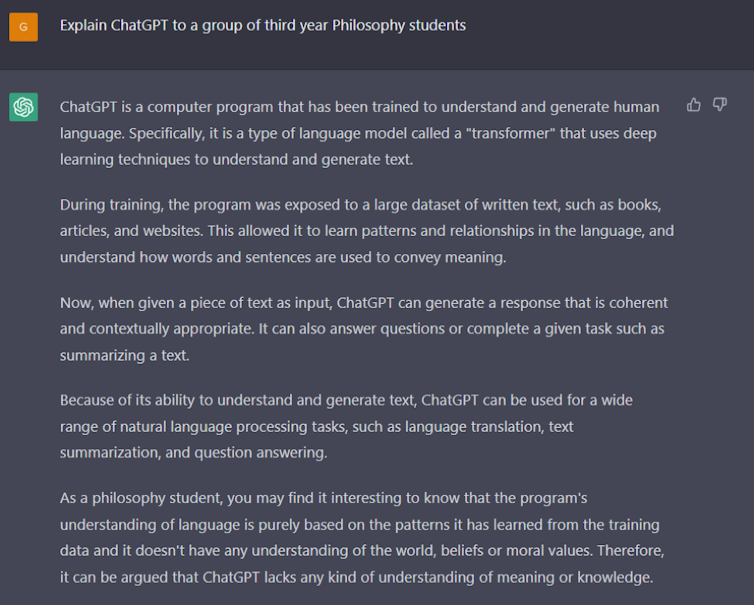
The horses see the porcupine before we do. Downwind, they stop, ears pricked. Oddly, they are not alarmed, or even nervous, which makes me giggle, given all the scary leaves and sticks and squirrels we’ve been side-eyeing up until now. The walking pin cushion shuffles off, unhurrying, on its stumpy legs, and disappears into the trees.
We are riding on the TransCanada pipeline that runs through the southern part of Whiteshell Provincial Park in Manitoba. Beneath us is human-made infrastructure that funnels natural gas across the country to heat homes and cook food. It was built in the 1980s, a massive undertaking involving much dynamite and movement of rock. Others can tell you what it was like then, but what I see now is land that has adapted to the change. In the winter, it’s a corridor for wolves and lynx, deer and snowshoe hares alike. Bears traverse it. Sandhill cranes and blue herons nest near it. The porcupine is testament to the pipeline having apparently been accepted by the local flora and fauna as part of what is. The disruption happened, and the scar has been reclaimed, even embraced, by the boreal forest. It is peaceful here.
A highway would not be so peaceful. And yet, as we ride along, I imagine what the landscape would become if the powers that be decided to carve away more of the park to make way for more trucks and traffic. A porcupine crossing a pipeline is one thing. Crossing a highway is another story entirely. The pipeline curves around and up and down with the land, leaving ridges and wetlands mostly intact for their inhabitants. A highway would fill in wetlands and destroy ridges to make way for lumps of steel, rubber and plastic to go hurtling through at high speeds. A highway would be a deathtrap for forest dwellers seeking to cross it. A highway would kill this gem, this corner of the boreal forest where people – and horses – can experience the joy that I feel in this moment.
Any local trapper will tell you the beaver, pine martens and mink are all happy here. Those of us who live here year round know the land, the trees, the plants, the animals. Those who have lived here a lot longer than I have know everything about them: what they are, how they interact, why they are important to each other and to us.

The problem is, the South Whiteshell stands in the way of the rest of Canada travelling west to east and back again. It’s a story we’ve heard countless times in the last hundred years, since the birth of the internal combustion engine that powers the automobile. People want to get from A to B, and they want to get there as fast as possible. We want our stuff to get there just as fast. Getting there fast means bigger roads, and bigger roads means fewer trees.
Ironically, much of the traffic traversing the South Whiteshell consists of Manitobans heading to their cottages in northwestern Ontario. As a child, I remember travelling to a family friend’s cottage east of Kenora, and gleefully pointing out the “cottage rocks” (blasted by dynamite to make way for the highway, but my 5-year-old brain had not made that connection yet) that are visible at the point where the highway is flanked by Falcon Lake to the south and Barren Lake to the north. Travellers who are in a hurry to reach their weekend destinations may not necessarily be aware, or care, that they are travelling through someone else’s weekend destination to get there.
We are naturally selfish: we want what we want, when we want it. To be inconvenienced has become an intolerable offense. This seems to have been made worse by the pandemic, but it must have been brewing before that to have become the problem that it now is. People are angry, stressed, and afraid, and it shows.
I take guests on trail rides through the woods who look around in absolute awe and admonish me for taking any of it for granted. People come from the city and they are tired, burnt out, despondent. They get on a horse and we venture over the hill and into the trees, among the spruce, fir and birch, where the noise of the highway disappears and is replaced by rustling leaves, thumping grouse, chattering squirrels, knocking woodpeckers, and chirping songbirds. We breathe. We climb rocky ridges and splash through ponds. By the time our ride is done, our shoulders are lighter, our lungs fuller.
I don’t know where the highway will land. I don’t want it to be here, in this place I now call home, a home I share with many people and countless plants, animals and fungi, a home where I can be a host to the worn-out, weary folk who visit us. I don’t know how to help the rest of Canada see that their path from west to east and back again is through our home. I don’t know how to make them care. But I know I will try.
Wondering what all the fuss is about? Check out this report from Global News from March 23, 2023










